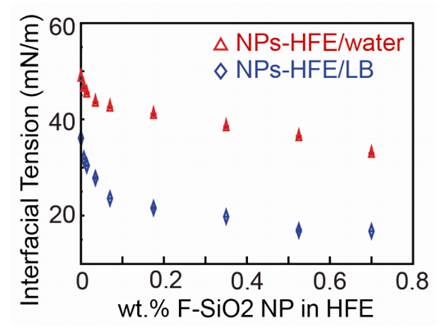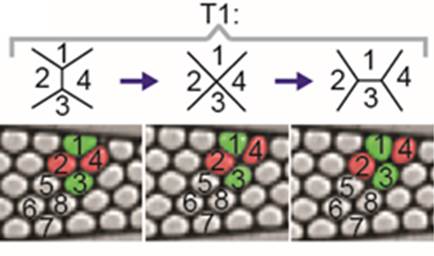Reports: DNI953444-DNI9: Two-Phase Flow in Constrictions
Sindy KY Tang, PhD, Stanford University




Sindy KY Tang, PhD, Stanford University




Reports in the ACS PRF Annual Report are published as submitted by the Principal Investigator.
Copyright © American Chemical Society